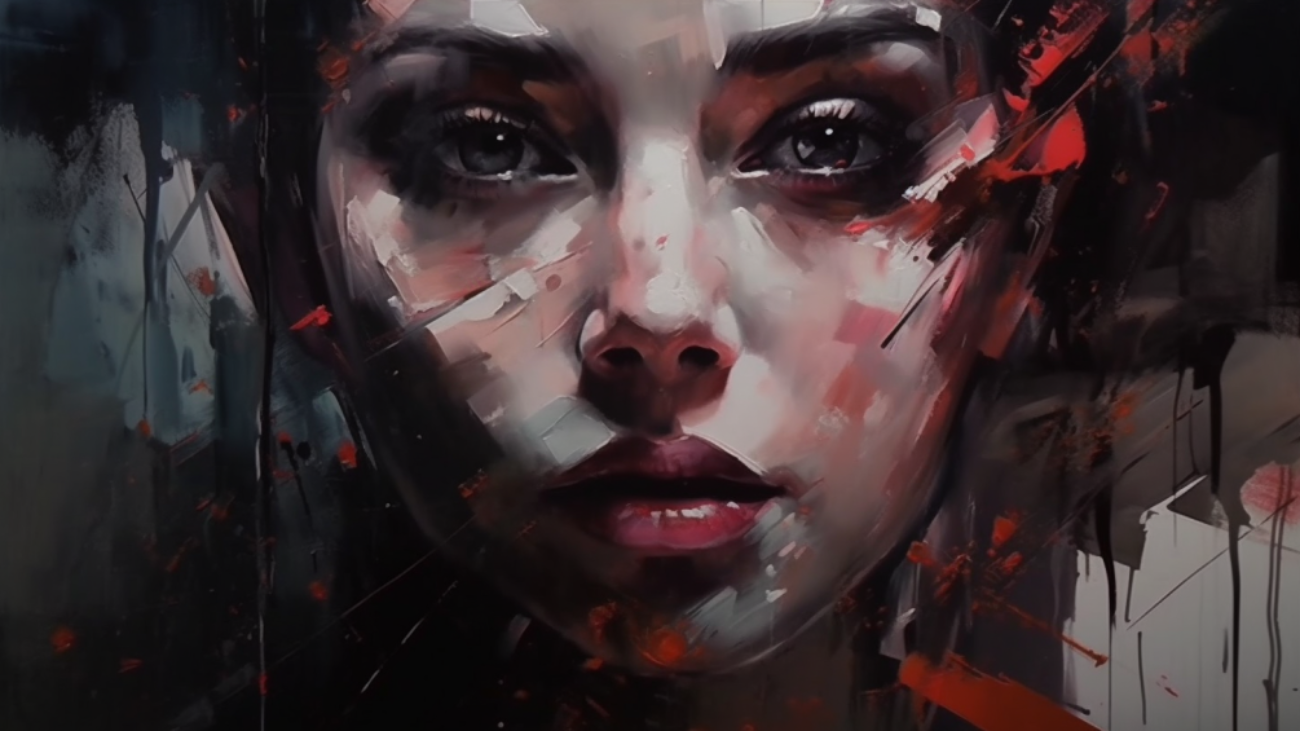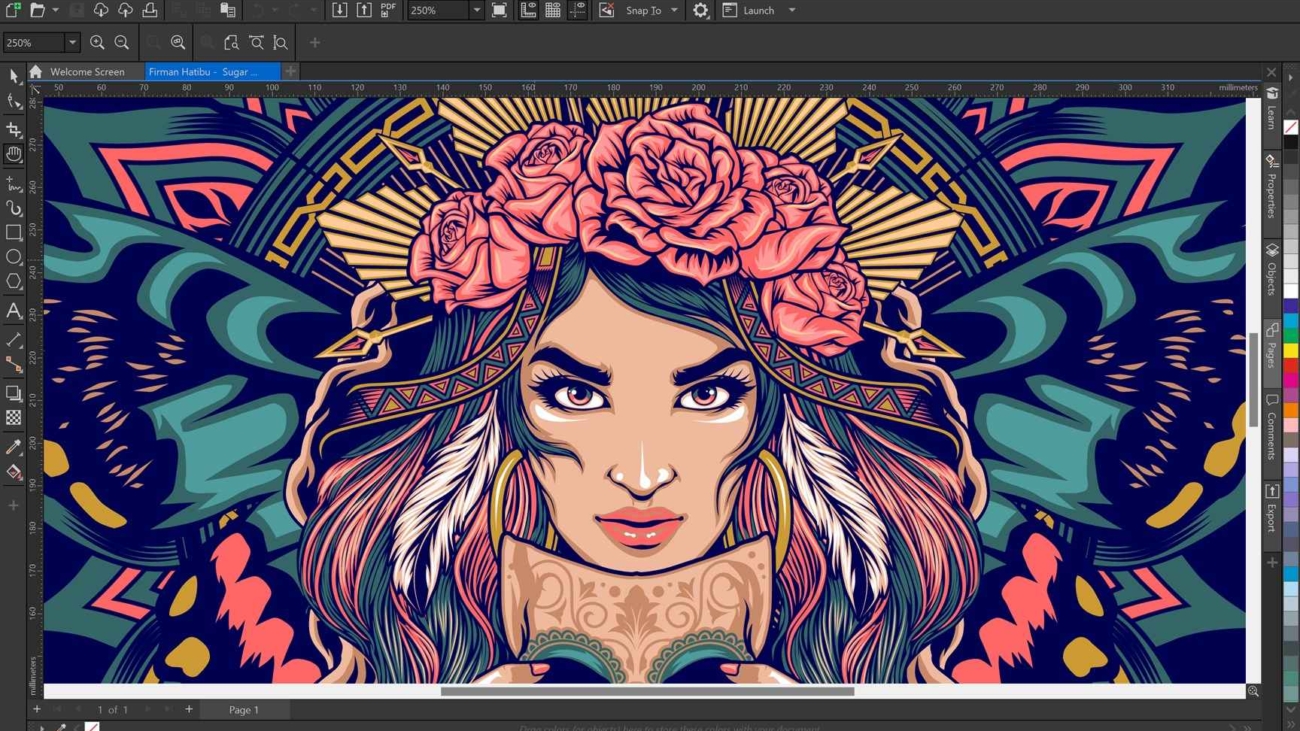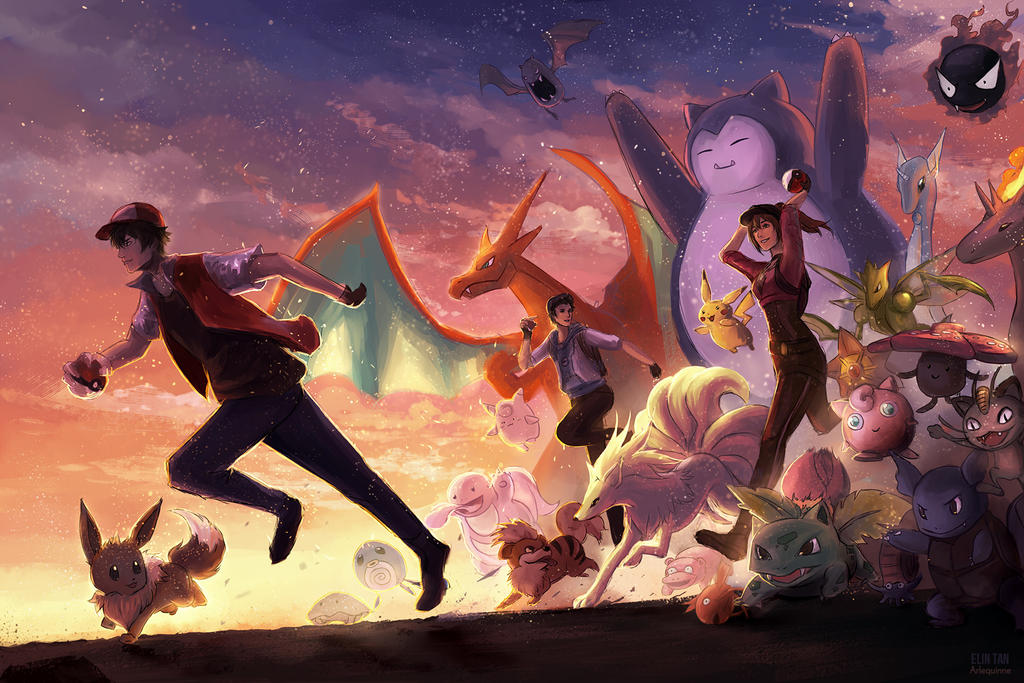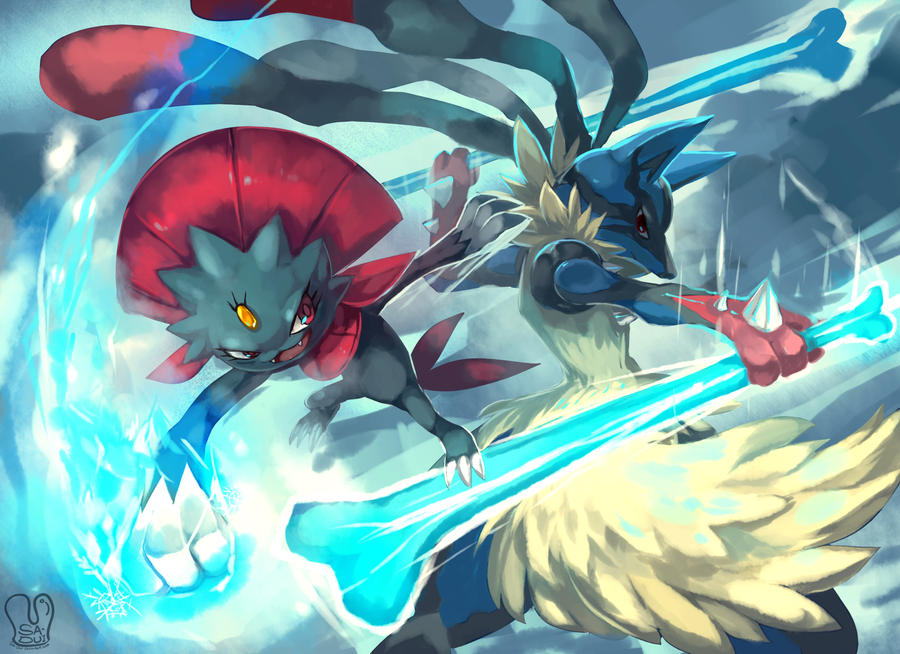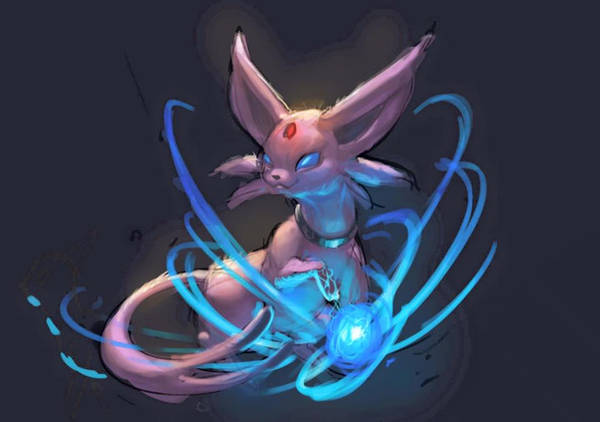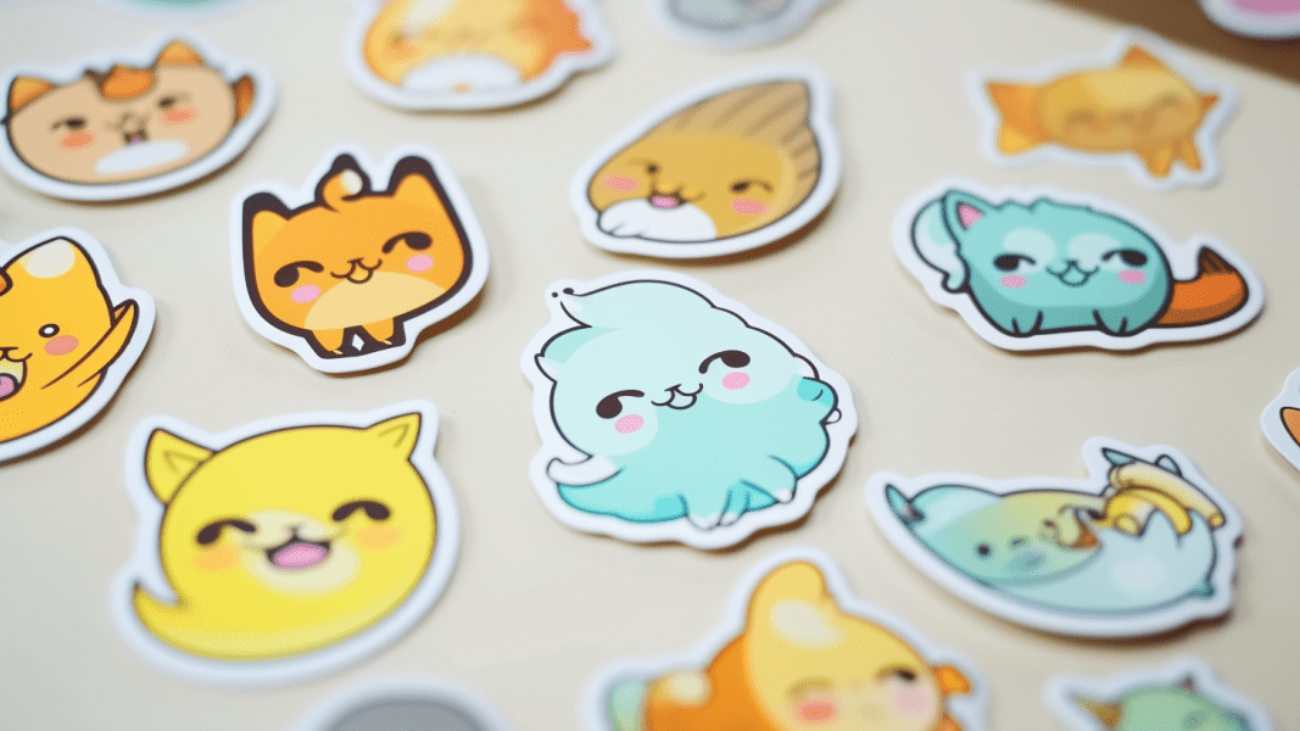Wedding invitations are more than just pieces of paper; they are the prelude to one of life’s most significant celebrations. Crafting your own wedding invites adds a personal touch, setting the tone for your special day while showcasing your creativity and unique style. Whether you’re aiming for a rustic, elegant, or contemporary design, creating your invitations allows you to infuse them with personality and sentiment. Here’s a detailed guide to help you embark on this delightful DIY journey.
Inspiration Gathering
Begin by gathering inspiration from various sources such as wedding magazines, Pinterest boards, and online galleries. Explore different themes, color palettes, and typography styles to find what resonates with you and your partner. Consider elements like venue decor, seasonal motifs, or shared interests that can be incorporated into your design.
Define Your Style
Identify the style that reflects your personality and wedding theme. Are you drawn to minimalist designs, vintage aesthetics, or floral motifs? Define key elements such as color scheme, imagery, and overall ambiance to guide your design process. Your invitations should reflect the essence of your relationship and the tone of your wedding celebration.
Choose Quality Materials
Select high-quality materials that complement your chosen design aesthetic. Opt for premium cardstock, textured paper, or specialty materials like vellum or handmade paper for a luxurious feel. Invest in quality printing techniques such as letterpress, foil stamping, or digital printing to enhance the visual appeal of your invitations.
Customize Your Design
With your inspiration and materials in hand, it’s time to customize your design. Experiment with layout options, font pairings, and graphic elements to create a cohesive and visually striking invitation suite. Incorporate meaningful details such as monograms, illustrations, or custom artwork that reflect your love story and wedding vision.
Personalize Content
Craft personalized content that conveys essential information while capturing the spirit of your event. Include details such as the names of the bride and groom, wedding date, time, and location. You can also add special touches like heartfelt quotes, poem excerpts, or a brief narrative about your journey together. Ensure clarity and readability while maintaining a harmonious balance between text and design elements.
Embrace DIY Techniques
Explore DIY techniques to add charm and character to your invitations. Hand-lettering, watercolor painting, and calligraphy can infuse your invites with a unique artisanal touch. Experiment with wax seals, ribbons, or vintage stamps for embellishments that exude elegance and sophistication. Embrace imperfections and embrace the beauty of handmade elements that reflect the authenticity of your love story.
Assembly and Finishing Touches
Assemble your invitation suite with care, paying attention to details like envelope liners, addressing, and RSVP cards. Consider additional inserts such as maps, accommodation details, or itinerary cards for out-of-town guests. Complete your invitations with finishing touches like custom wax seals, silk ribbons, or personalized postage stamps for a polished presentation.
Test and Review
Before finalizing your design, conduct thorough testing to ensure quality and accuracy. Review the layout, typography, and print quality to catch any errors or inconsistencies. Seek feedback from friends, family, or wedding planners to gain valuable insights and perspectives. Make necessary adjustments until you’re satisfied with the final result.
Printing and Production
Once you’ve perfected your design, it’s time to proceed with printing and production. Choose a reputable printing vendor or invest in professional printing equipment if you’re DIY-savvy. Work closely with your printer to select the right paper stock, printing method, and finishing options that bring your vision to life. Be mindful of production timelines to ensure timely delivery of your invitations to your guests.
Celebrate Your Creativity
As you hold your beautifully crafted wedding invitations in hand, take a moment to celebrate your creativity and craftsmanship. Your personalized invites are more than just paper; they’re a tangible expression of your love and commitment. Cherish the memories of this DIY journey and the joy it brings to you and your loved ones as you embark on the next chapter of your lives together.
Conclusion
Crafting your own wedding invitations is a rewarding endeavor that allows you to infuse your personality and style into every detail. From gathering inspiration to assembling the final suite, this creative process offers countless opportunities for self-expression and celebration. By following this detailed guide, you can create bespoke invitations that not only set the stage for your wedding day but also become cherished keepsakes for years to come. Let your imagination soar as you embark on this delightful DIY adventure, and may your wedding invitations inspire joy and anticipation among your guests.


